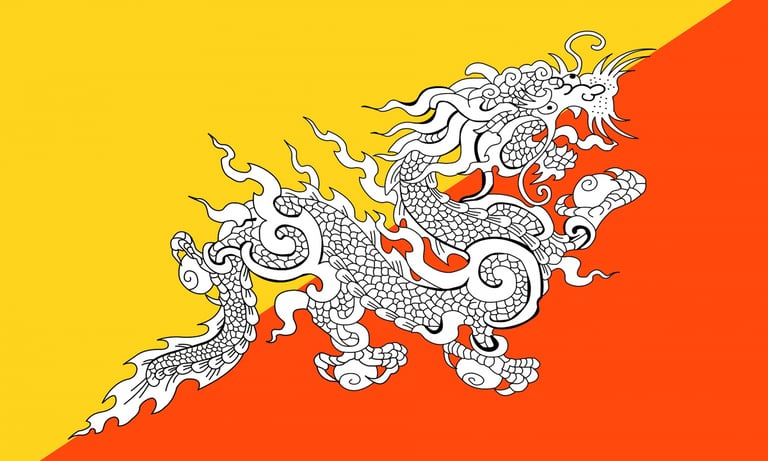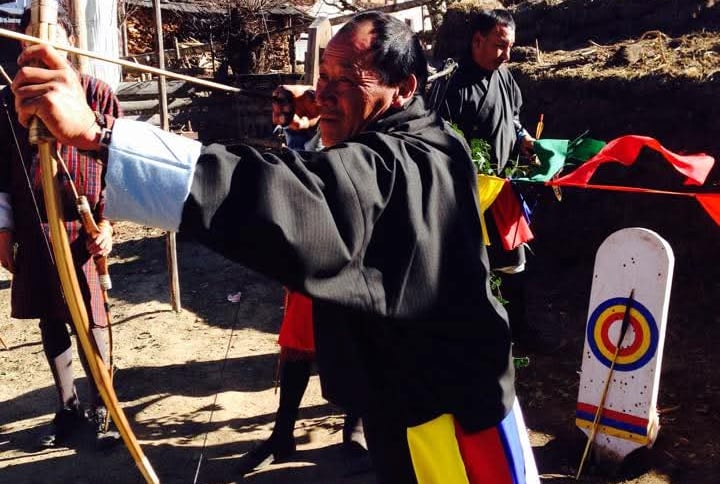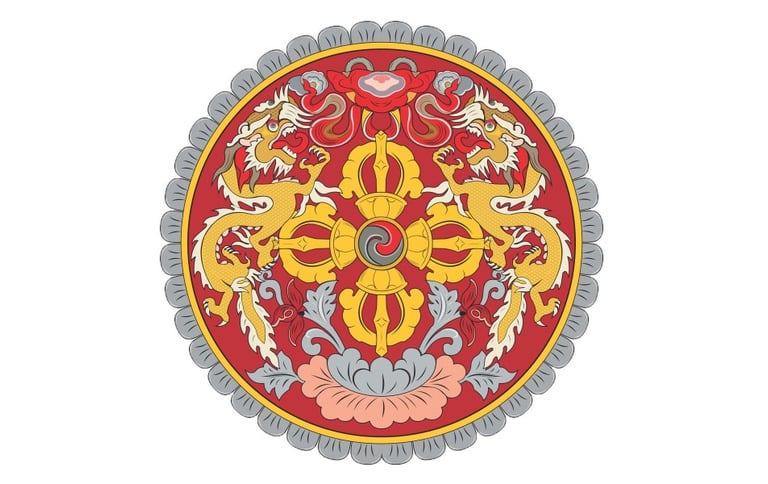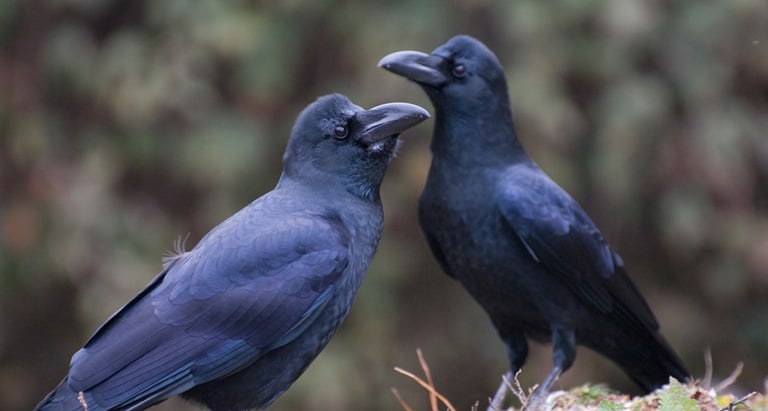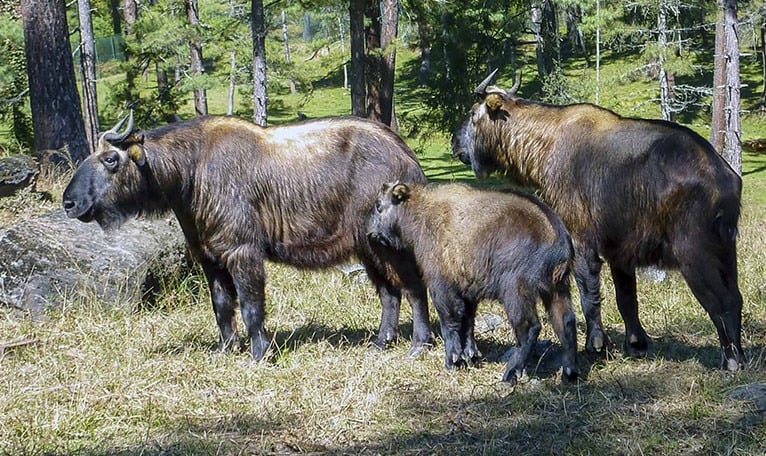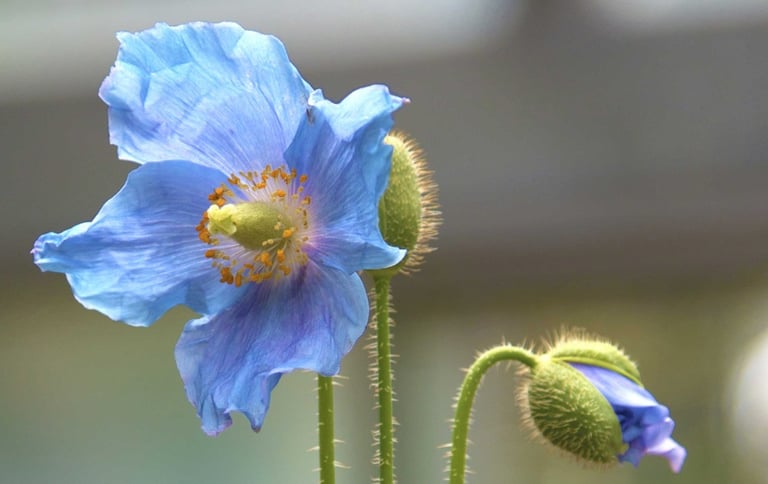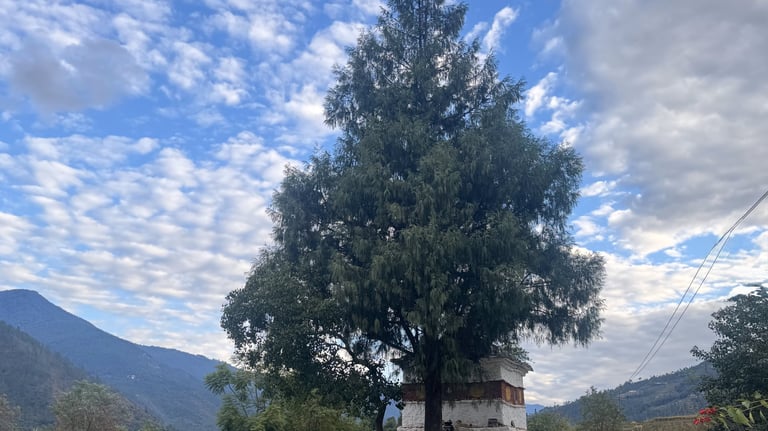
Bhutan's Rich History: A Journey Through Time
Bhutan is a kingdom steeped in history and culture that dates back centuries. Often referred to as the "Land of the Thunder Dragon," or 'Druk yul' by locals. Bhutan's story is one of unique isolation and preservation, allowing it to maintain a distinct identity in a rapidly changing world.
Ancient Beginnings
Bhutan’s history is shrouded in myth and legend. It is believed that the region was inhabited as early as 2000 BC, with various tribes and clans scattered across the rugged terrain. Buddhism first made its mark in the 7th century, when the Tibetan king Songtsen Gampo constructed two Buddhist temples in Bhutan, marking the beginning of the kingdom's deep spiritual roots.
The Emergence of Bhutan
The 8th century saw the arrival of Guru Padmasambhava, also known as Guru Rinpoche, who is credited with bringing Tantric Buddhism to Bhutan. His influence established the foundations of Bhutanese religion and culture, and he remains a revered figure to this day and hence it remained as Buddhist country ever since.
Unification and the Rise of the Wangchuck Dynasty
Bhutan’s journey toward unification began in earnest in the 17th century under the leadership of Ngawang Namgyal, the Zhabdrung Rinpoche. He established a dual system of governance, combining both secular and religious authority, and built many of the dzongs (fortresses) that are iconic symbols of Bhutan today. The modern era of Bhutan began in 1907 when Ugyen Wangchuck became the first hereditary king, ushering in the Wangchuck dynasty that continues to reign.
Path to Modernization
Despite its historical isolation, Bhutan has gradually opened up to the world while maintaining its cultural heritage and environmental sustainability. In 1974, the kingdom welcomed international visitors for the first time, showcasing its unique approach to tourism focused on high-value, low-impact travel. The introduction of television and the internet in 1999 marked a significant step towards modernization, and in 2008, Bhutan transitioned to a democratic constitutional monarchy.
Cultural Preservation and Sustainable Development
Today, Bhutan is known for its commitment to Gross National Happiness (GNH), a holistic approach to development that prioritizes well-being over economic growth. This philosophy is deeply intertwined with the country’s efforts to preserve its cultural heritage and protect its pristine natural environment.
At Pelden Adventure, we invite you to delve into the rich tapestry of Bhutan’s history, experiencing first-hand, the timeless traditions and breath-taking landscapes that make this kingdom truly unique.
National Flag
The national flag of Bhutan is divided diagonally into two fields: the upper part is yellow, symbolizing the secular authority of the king, and the lower part is orange, representing the spiritual traditions of Buddhism. In the center is a white dragon, Druk, holding jewels in its claws, symbolizing the protection and prosperity of the nation.
National Sport: Archery
Archery is the national sport of Bhutan and holds a significant place in Bhutanese culture. Traditional archery competitions are a vibrant part of festivals and gatherings, where participants demonstrate their skills with bows and arrows while engaging in lively, spirited exchanges.
National Emblem
The national emblem of Bhutan features a double diamond thunderbolt (Dorji) above a lotus, which symbolizes purity, surmounted by a jewel and framed by two dragons, male and female, representing the protection of the nation. The emblem signifies the spiritual and secular traditions of the country.
National Bird: Raven
The national bird of Bhutan is the raven. This bird is deeply revered and associated with the protective deity of Bhutan, Mahakala. The raven symbolizes the strength and resilience of the Bhutanese people and is also featured on the royal crown.
National Animal: Takin
The Takin is Bhutan’s national animal. This unique and rare mammal, which resembles a cross between a goat and an antelope, is found in the high altitudes of Bhutan. The Takin holds a special place in Bhutanese folklore and is protected by law.
National Flower: Blue Poppy
The Blue Poppy (Meconopsis grandis) is the national flower of Bhutan. This rare and delicate flower blooms at high altitudes and represents the country’s natural beauty and resilience. It is celebrated for its vibrant blue color and rarity.
National Tree: Cypress
The national tree of Bhutan is the Cypress. Known for its ability to grow in harsh conditions, the Cypress symbolizes longevity and resilience. It is also often found near monasteries and temples, representing spirituality and protection.
